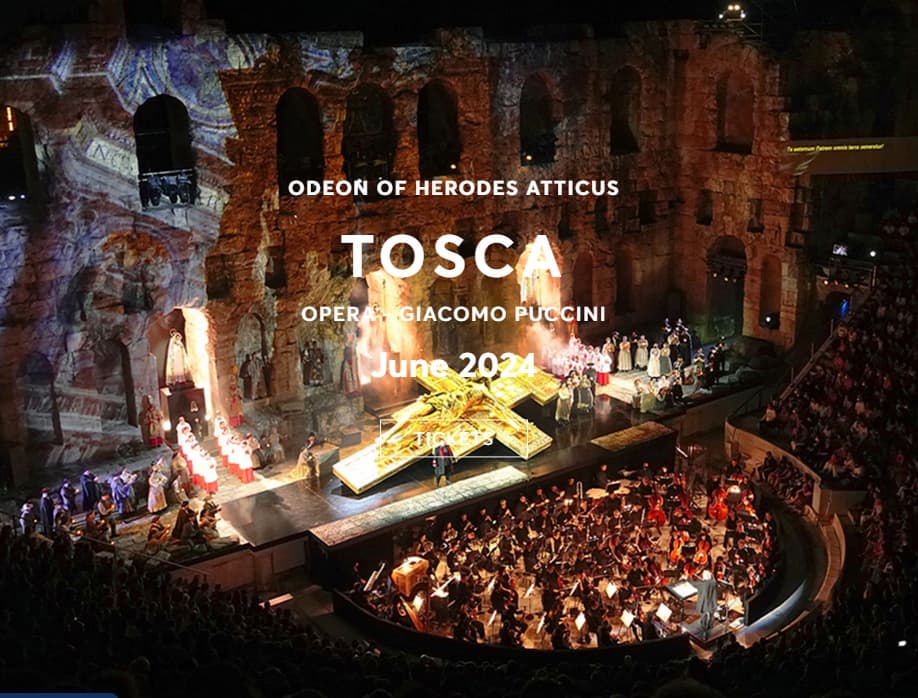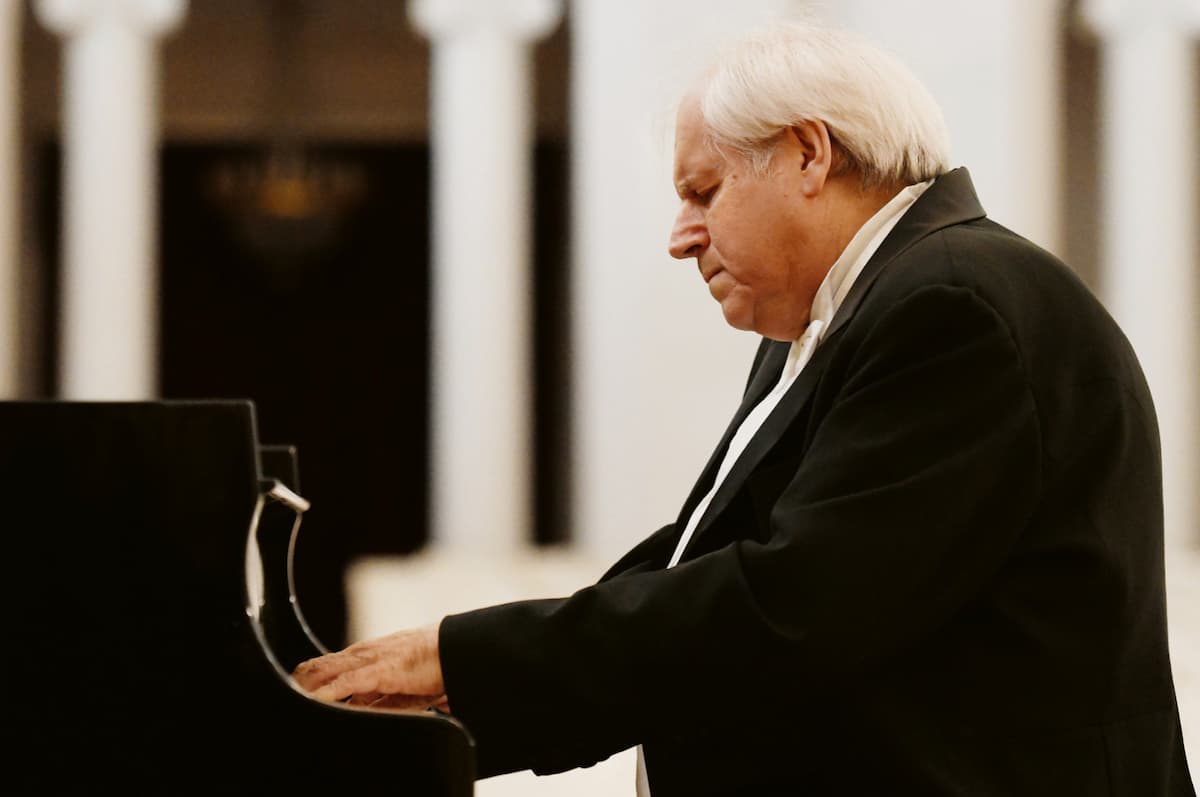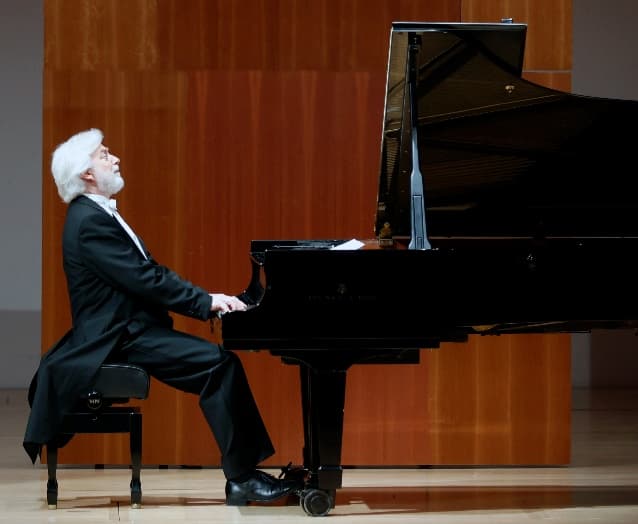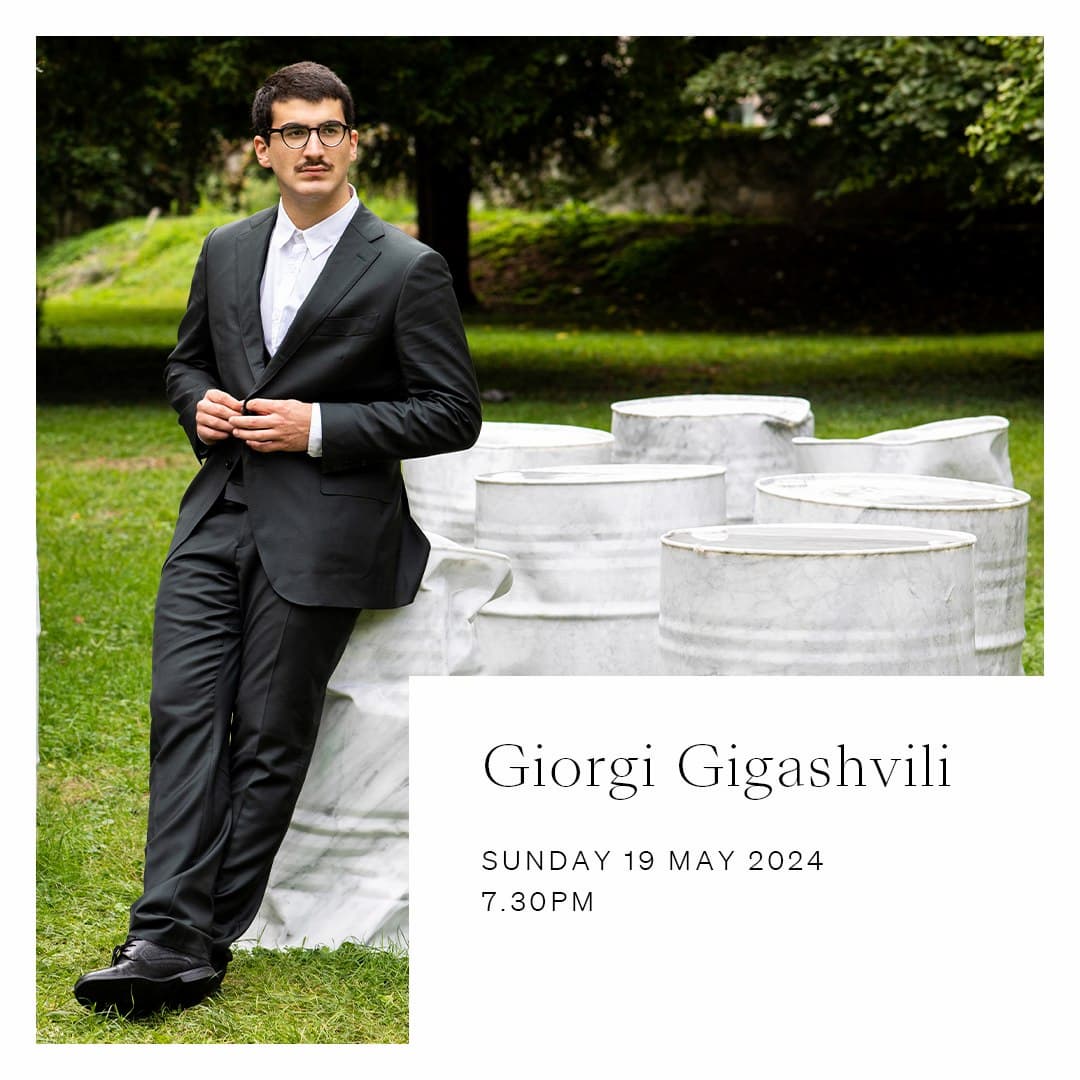What music does an avowed pacifist write during the tumultuous year of 1939? Benjamin Britten was exceedingly discouraged by the rise of fascism and the defeat of Spain’s Republicans. As the Spanish Civil War raged, Britten had witnessed the senseless carnage during a tour with the Spanish violinist Antonio Brosa. And a war between Germany and Britain seemed likely. Britten decided to leave for America to join friends W. H. Auden and Christopher Isherwood. Tenor Peter Pears accompanied him on the journey. While in the U.S., the then 25-year-old composer wrote his beautiful and multifaceted violin concerto for Brosa.
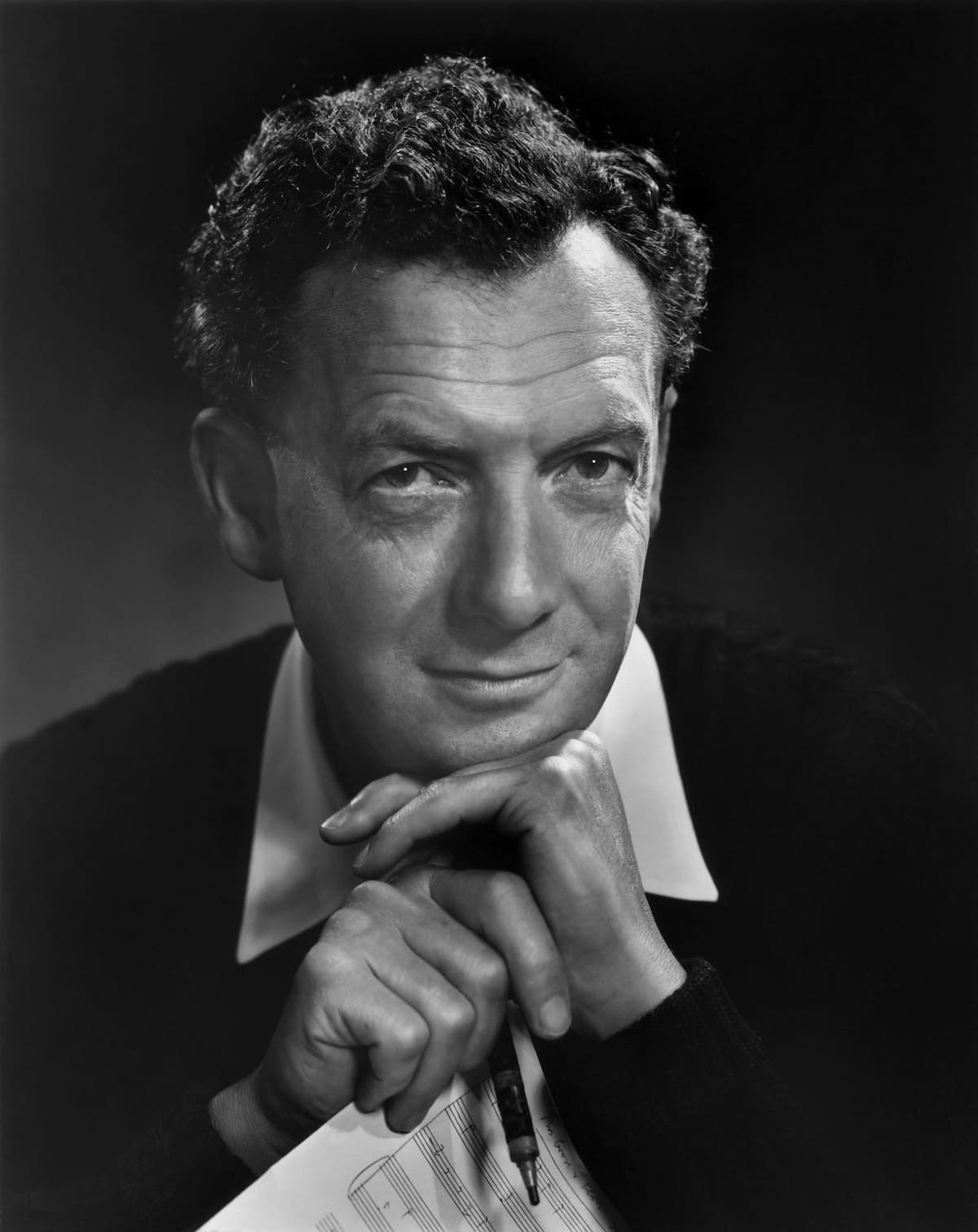
Benjamin Britten
The orchestration is large and includes traditional instruments plus those that rarely had appeared in concertos before this, three flutes, two doubling as piccolo, two oboes with one playing the English Horn, two clarinets, two bassoons, four horns, tuba, three trumpets, three trombones, harp, strings, timpani, and an array of percussion instruments—bass drum, cymbals, glockenspiel, side drum, tenor drum, triangle, and whip. The concerto was completed in Quebec when Britten was visiting Aaron Copland, and it was premiered by Brosa with the New York Philharmonic, Sir John Barbirolli conducting, in 1940. Nonetheless, it has not been widely performed.
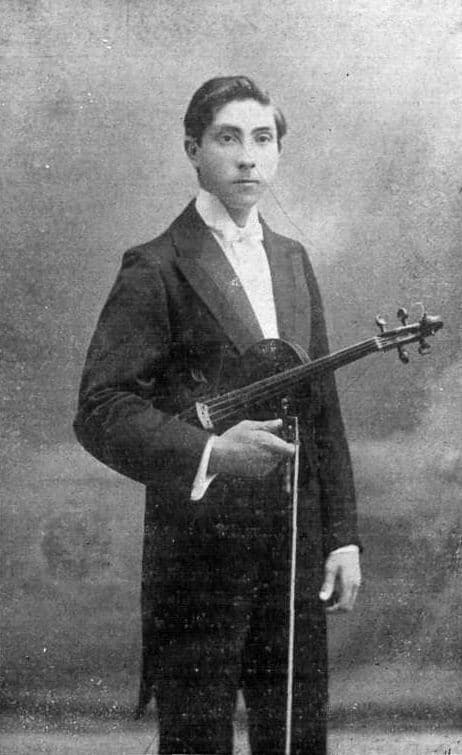
Antonio Brosa
Minneapolis audiences were fortunate to hear Augustin Hadelich’s performance of the concerto with the Minnesota Orchestra and their Music Director Thomas Søndergård conducting on January 5, 2024. Hadelich’s rich sound, expressive vibrato, and profound approach were a breathtaking introduction to the piece. This is what Hadelich has to say about the work in an interview for the Minnesota Orchestra audiences:
“…Although the work is not overtly programmatic, it can be seen as Britten’s expression of his anguish about the conflict, his struggle to come to terms with humanity’s destructive tendencies, and his search to find hope again.

Augustin Hadelich
In his youthful excitement, he may have gone overboard in loading the work with every extended violin technique he knew—some passages are barely playable! Perhaps the most difficult of all the concertos written before 1950, this must be one reason that it took more than 60 years until it finally established itself in the core violin repertoire. In spite of his fondness for such instrumental hurdles, most of Britten’s music is written with the human voice in mind, and this concerto is full of lyricism.”
Benjamin Britten: Violin Concerto in D Minor, Op. 15 (Augustin Hadelich, violin; West German Radio Symphony Orchestra; Cristian Măcelaru, cond.)
The first movement, Moderato Con Moto, highlights the timpani and cymbal that introduce a Spanish rhythm of 5 notes and enter alone. The violin comes in with a singing lament as the dance rhythm continues beneath in the bassoon. Hadelich played with shimmering tenderness. Soon the tension increases, as the brass and strings enter, and there is a passage, rhythmically incisive that sounded similar to Stravinsky to me. The melody transforms, becoming more despairing when the violin section takes over the melody in a more tender and sweeping fashion while the soloist plays the rhythmic figure, Hadelich playing them with exacting attention. This is followed by a short cadenza in double notes. The movement fades out in eerie and high harmonic double stops.
The sardonic second movement marked vivace is propulsive and has fiendish octaves and very fast double-stop passages (even in harmonics), which Hadelich played with such aplomb. There are passages in the extreme upper range where the piccolo plays, including dramatic and daring long shifts well into this range. At one point, Britten pits the piccolo against the tuba. The trumpets have major roles in this movement, as does the timpani and cymbal, and the movement builds to a dramatic cadenza.
Once again, it is in an atypical fashion as it is mostly singing but often interrupted by the 5-note rhythmic figure in chords and in pizzicato, and then even a difficult left-hand pizzicato.
The cadenza moves through a long, slow, and intense scale passage and moves without pause to the Passacaglia movement, a theme and variations. The trombones enter mournfully. The movement morphs into anguish and pathos. The longest movement at 15 minutes, Britten’s emotions are on display—yearning, plaintive, despairing. Dance-like motives and rhythms interrupt, but the lightheartedness is seemingly fruitless. Midway, the violin plays a heartrending soliloquy. At this point, the orchestra takes over in a dramatically played and particularly lush fashion.
In the unforgettable final section, Britten superimposes a chorale in the brass over the soloist, who seems imploring, searching for a peaceful resolution. Hadelich slowly moves upward on the G-string, capturing a gutsy, otherworldly sound. But in the end, the violin is thwarted, as nothing can counteract the overpowering and consuming nature of war.
Hadelich mesmerizingly held the last whispering trills of the piece. Hadelich and Søndergård collectively suspended us in time for several moments before the audience burst into applause. We had been on a truly extraordinary and haunting journey.
For more of the best in classical music, sign up for our E-Newsletter

